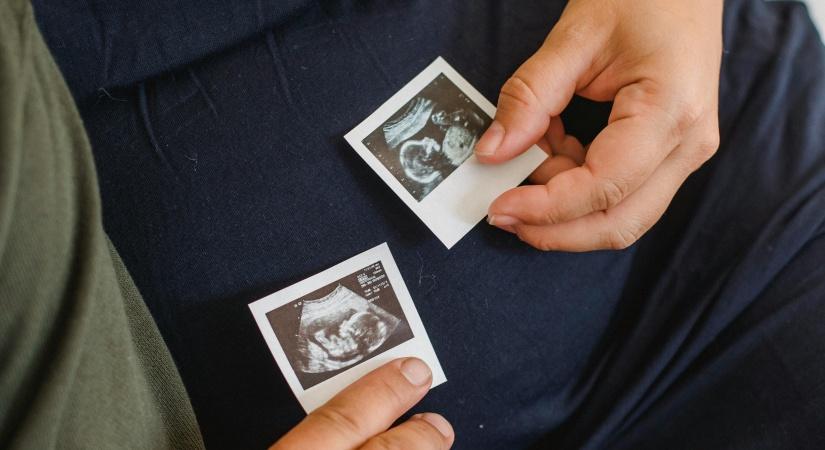
Breakthrough in fertility preservation
New Delhi, March 5 (IANSlife) Fertility preservation has seen remarkable innovations, offering hope to individuals facing fertility challenges. With advancements in technology and medical interventions, several methods of fertility preservation have emerged, providing more options and possibilities than ever before. This process involves freezing and storing eggs, sperm, or embryos to retain the ability to have biological children in the future. It is particularly beneficial for individuals undergoing medical treatments that may compromise their fertility, such as chemotherapy or radiation therapy.
Advances in the efficacy and ease of the process have also made it a viable option for women desiring to postpone parenthood due to social reasons, giving them more autonomy over their career and family choices without having to compromise due to a ticking biological clock. Additionally, advancements in fertility preservation provide promising opportunities for women with conditions that may cause premature ovarian failure, such as certain chromosomal or immunological conditions. By preserving their reproductive cells or embryos before these treatments, individuals can increase their chances of having biological children later in life.
Based on a report, the global infertility treatment market size was valued at US$ 1.5 Billion in 2021 and is predicted to grow at 8% between 2022 and 2032, surpassing a valuation of US$ 3.5 Billion by the end of 2032. The Indian fertility Industry was estimated at $746 million in 2021 and is expected to reach $1,453 million by 2027. Growth in the infertility treatment market is driven by increasing infertility rates across the globe and the growing popularity of advanced infertility treatments.
Advanced Technology in Freezing Eggs and Sperm
One of the most significant advancements in fertility preservation is the improvement in egg-freezing technology. This method, known as oocyte cryopreservation, allows women to freeze and store their eggs for future use. The process has become more successful due to the development of vitrification, a rapid freezing technique that prevents ice crystal formation, thereby preserving the eggs’ sustainability.
For men, sperm freezing continues to be a crucial aspect of fertility preservation. Innovations in this area have enhanced the success rates of sperm freezing, ensuring a higher likelihood of viable sperm for future reproductive needs. Sperm vitrification devices (Sperm VD) now allow even very small numbers of sperms to be frozen with a good chance of retrieval post-thaw. This provides a ray of hope for men facing infertility challenges due to medical conditions or treatments.
Ovarian Tissue Cryopreservation
Another breakthrough in fertility preservation is the option of ovarian tissue freezing. This method is particularly valuable for cancer patients, as it allows for the preservation of ovarian tissue before undergoing aggressive treatments. Recent advancements have improved the success of transplanting frozen tissue back into the body, offering renewed hope for restoring fertility post-treatment.
Role of In-Vitro Fertilization (IVF)
Assisted reproductive technologies, such as in vitro fertilization (IVF) and intracytoplasmic sperm injection (ICSI), have also witnessed innovative developments. These technologies play a vital role in utilizing preserved gametes and tissues to facilitate successful pregnancies, contributing to the expanding possibilities in fertility preservation.
Breakthrough in the advancement of In-Vitro Maturation (IVM)
Another significant breakthrough is the development of in vitro maturation (IVM), an alternative to traditional IVF that allows for the collection and maturation of immature eggs outside the body. This method eliminates the need for extensive hormonal stimulation, making it a less invasive and more accessible option for women who cannot undergo or prefer to avoid conventional IVF. These innovations are not only transforming the lives of individuals struggling with fertility issues but also giving hope to those who wish to delay parenthood for personal or medical reasons.
The continuous evolution of fertility preservation techniques offers a ray of hope to individuals seeking to build families despite fertility challenges. These innovations not only provide practical solutions but also instill optimism and confidence in the journey toward parenthood. The landscape of fertility preservation has been significantly transformed by innovative technologies and approaches, opening doors to new possibilities, and brightening the prospects of future parenthood for many individuals.
(Dr. Sulbha Arora is the MD, DNB, and Clinical Director at Nova IVF Fertility in Mumbai)
IANSlife can be contacted at [email protected]
